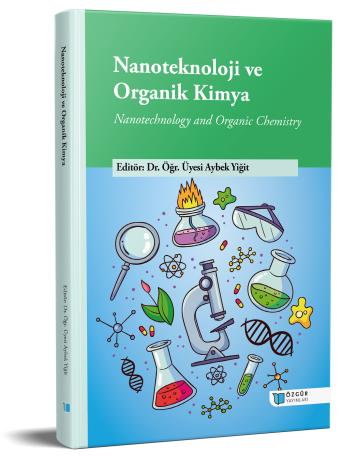
Biyoaktif Bileşiklerin Elektrospinning Yöntemi İle Nanoenkapsülasyonu
Şu kitabın bölümü:
Yiğit,
A.
(ed.)
2023.
Nanoteknoloji ve Organik Kimya.
Özet
Elektrospinning, yüksek voltajlı bir güç kaynağı kullanarak mikrometrenin altından nanometreye kadar çaplara sahip sürekli nano ölçekli fiberler üretmek için kullanılan bir işlemdir. Elektrospun nanofiberler yüksek gözeneklilik, küçük çap, mükemmel gözenek ara bağlantısı ve yüksek yüzey/hacim oranı gibi olağanüstü özelliklerinden dolayı büyük ilgi görmüştür. Nanofiberlerin yararlı özellikleri nedeniyle, pek çok sentetik ve doğal polimer, filtreleme ve ısı yalıtımı, koruyucu giysiler, sensörler, iletken cihazlar, yara örtüleri, doku iskeleleri gibi çeşitli uygulamalarda kullanılmaktadır.
Enkapsülasyon teknolojisi ise gıda, ilaç ve kozmetik endüstrilerinde biyoaktif bileşenlerin (aromatik yağlar, vitaminler, bitkisel sekonder metabolitler, nutrasetikler, probiyotikler) uygun duvar malzemeleri kullanılarak kaplanmasına yönelik etkili bir stratejidir.
Bu çalışma, farklı biyoaktif bileşenlerin nanokapsülasyonu için nanotaşıyıcıların elektrospinning bazlı imalatındaki son gelişmelere genel bir bakış sunacaktır. Elektrospinning yaklaşımının ana ilkeleri, enstrümantal kurulumu, fiber özelliklerini etkileyen önemli proses parametreleri ele alınmaktadır. Ayrıca, çeşitli polimerler/biyopolimerler tarafından ve farklı elektroeğirme teknikleri kullanılarak üretilen biyoaktif yüklü elektroeğirme nanolifleri üzerine yapılan son çalışmalardan örnekler sunulmuştur.

